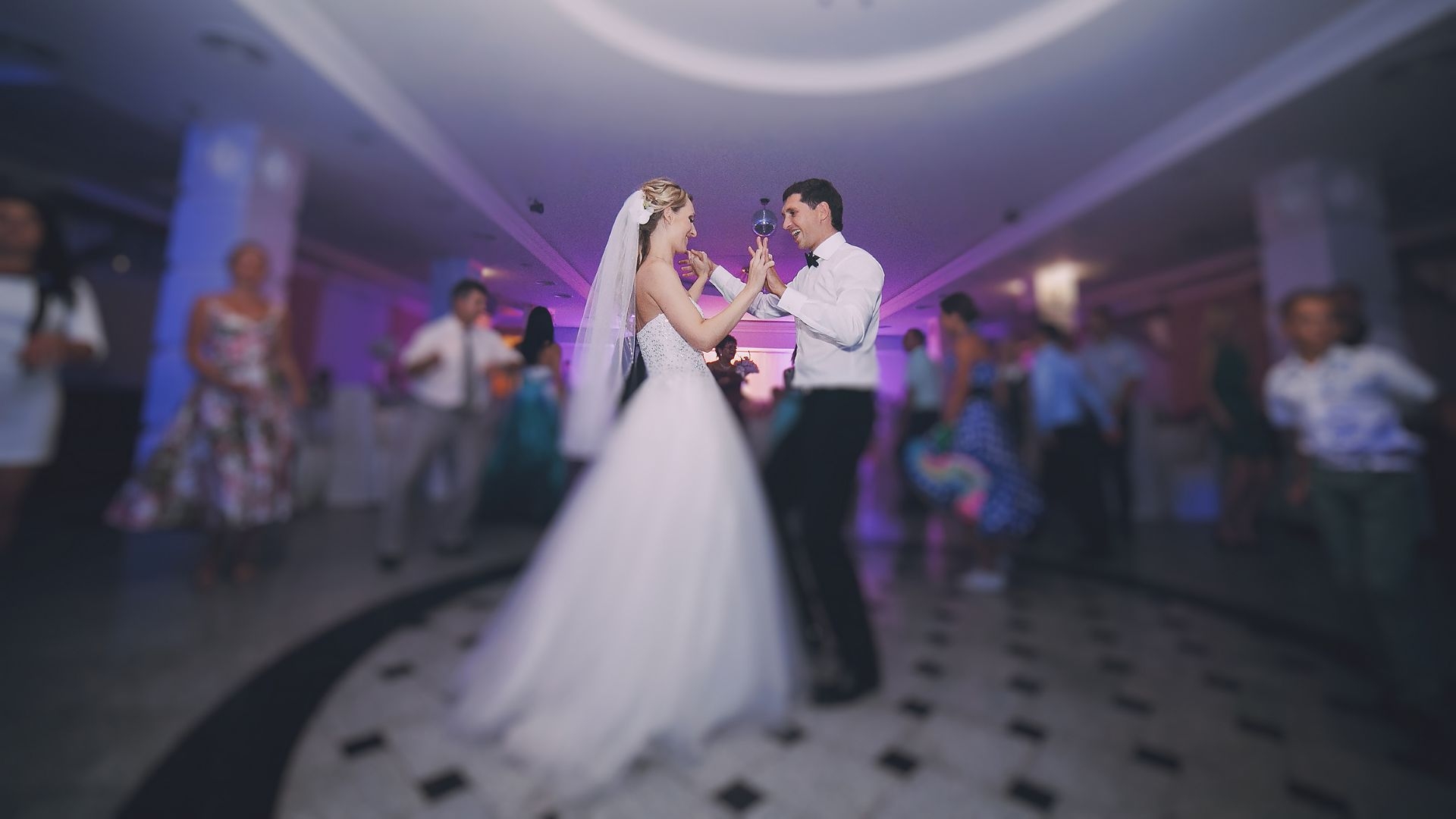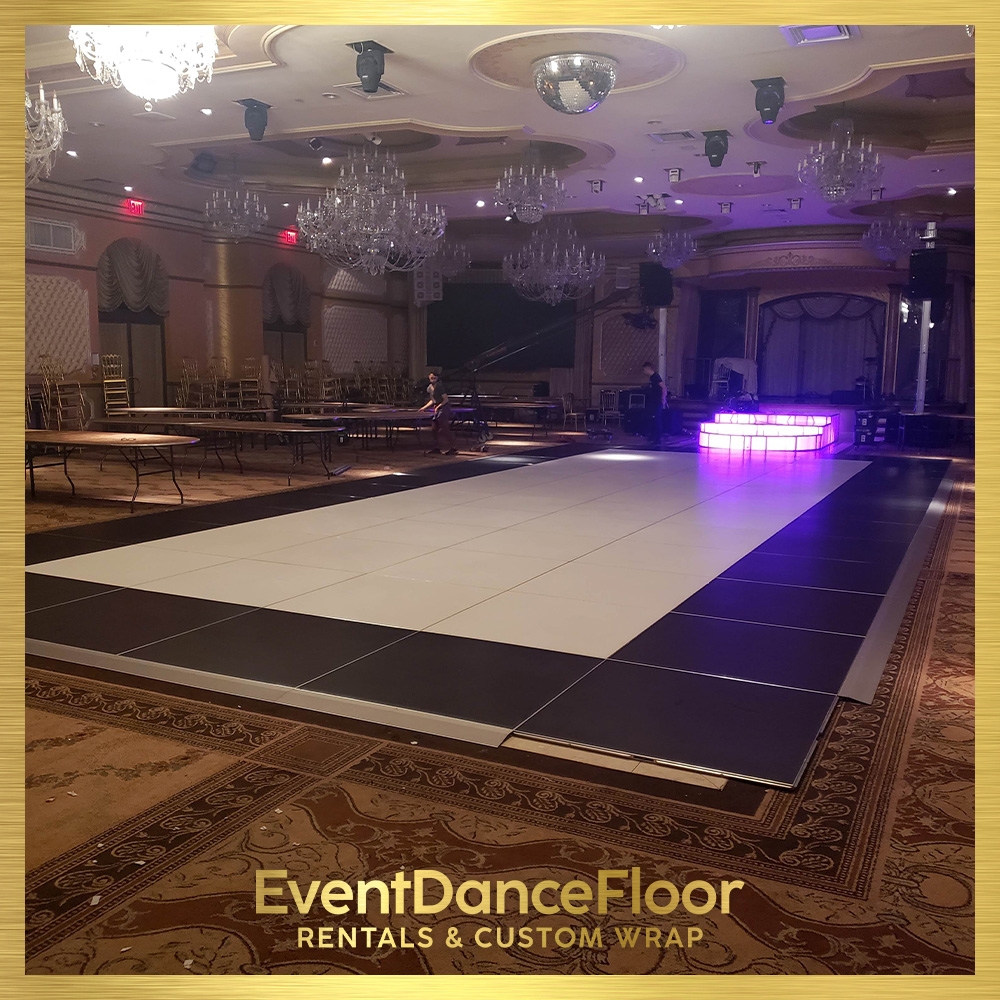Remote Controlled Robotic Dance Floor Modules
How do the remote controlled robotic dance floor modules interact with each other during a performance?
The remote controlled robotic dance floor modules interact with each other through a sophisticated communication system that allows them to coordinate their movements and patterns during a performance. Each module is equipped with sensors that detect the position and movements of the surrounding modules, enabling them to synchronize their actions seamlessly. This interaction creates a dynamic and visually captivating dance floor experience for the audience.







